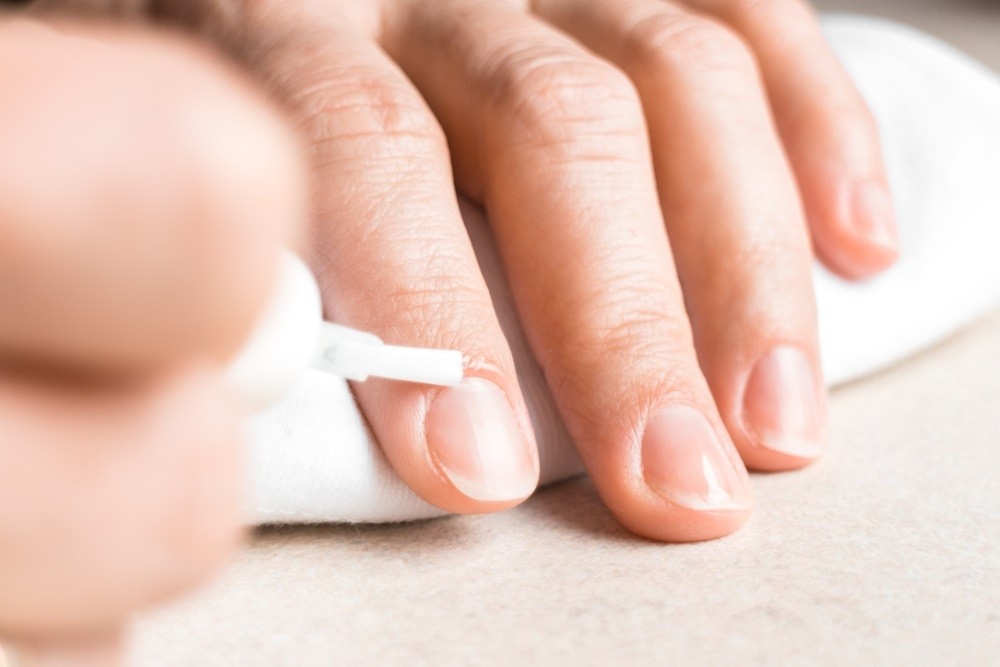Contents

If you haven’t already heard, one of the most recent trends in the world of beauty is slugging, which you should definitely try. (There are not in fact any slugs engaged in this game.) Take, for example: TikTok videos tagged with #sluggingmethod have amassed more than 25 million views. It was first discussed in the context of skin, but then people started talking about slugging their hair, and now everyone is discussing slugging their nails. However, what precisely is it, and what effects does it have on your nails? And if your nails are in desperate need of care, would this popular tip genuinely be of any use to you? We sought the opinions of nail specialists. Please visit Maby blog to update the latest nail news.
What exactly is nail slugging?
“Nail slugging, an evolution of the popular Korean skin slugging trend, is a new way to hydrate and revive dry or damaged nails,” says Dana Stern, M.D, a board-certified dermatologist and nail expert. The process of nail slugging is performed in the same manner as skin slugging, in which a thick layer of an occlusive ointment (usually Vaseline) is applied to the nail and cuticle. In this case, however, the ointment is applied to the nail rather than the skin. Think of nail slugging as deep conditioning for your cuticle and nail. The ointment produces a barrier that actually keeps moisture in the nail, according to nail artist Emma Bedingfield, who is also the owner of ENB Nails. Cuticle oil can quickly be rubbed off, but nail slugging is more like a long-term treatment. Also you can refer to: The Secret to Healthy, Strong Nail Is Nail Slugging.
What kinds of advantages does it have the potential to offer?
Marcela Correa, who is a medical nail technician and the owner of Medi Pedi NYC, believes that nail slugging can help hydrate both the cuticle and the nail, encourage healthier and stronger growth, and avoid breaking and cracking. Everything boils down to the significance of the cuticle in the end. The cuticle, which serves as the natural protective seal of the nail, is essential to the growth of a healthy and beautiful nail. Dr. Stern explains that it functions similarly to the grout that is found between the tiles in your shower and prevents moisture and microorganisms from entering the nail unit. It is undermined when that seal is destroyed, such as when a vigorous manicure is performed, or when it dries out and loses its moisture; to visualize this, she says, think of old, dry grout. It is possible for water and moisture to enter the nail unit, which can result in a wide variety of concerns, such as redness and swelling, as well as abnormal nail growth and issues such as white patches, lumps, thickness, and discoloration.
Who ought to consider getting their nails slugged?
Slugging one’s nails can be helpful for all parties involved. “The frequency of how often you’re doing it may just change depending on your individual needs and how damaged your nails or cuticles may be,” adds Correa. Slugging, on the other hand, is a solution that is especially beneficial for people who have damaged their nails as a result of acrylics or gel lacquer. According to Bedingfield, this is an excellent practice to incorporate into your routine throughout the wintertime because cuticles are naturally drier during this time of year. In a similar vein, according to Dr. Stern, it is a wonderful alternative for those who have damaged cuticles because it can assist in the beginning stages of the healing process.
What is your strategy?
In spite of the fact that the actual process of slugging is most commonly understood to be nothing more than the application of a thick ointment, there are a few things you need do in preparation for the procedure in order to get the best possible outcomes. In order to ensure that the moisture that you are attempting to add back in may more effectively permeate the nail, Dr. Stern emphasizes how important it is to exfoliate the nail first. The exfoliant in her self-named Nail Renewal System, which retails for $25 and can be purchased on Amazon, is formulated with glycolic acid in order to remove nail cells that have been damaged.
Applying moisture with a cuticle oil is the next stage in the process. Our pick: CND Solar Oil ($10; ulta.com). Spread it out evenly across the entirety of the nail as well as the skin and cuticle that surround it. After then, you can go to the slugging part of the match. Cover each nail with a thick coat of a product like Aquaphor Healing Ointment ($5; target.com) or Vaseline Original Petroleum Jelly ($2; target.com). Both of these products are available at target.com. “Applying this occlusive layer seals in the cuticle oil so that it will penetrate deeper and provides a protective barrier to help prevent moisture loss,” explains Dr. Stern. “This helps prevent the cuticle oil from evaporating.” Wearing finger gloves or even a conventional glove, as recommended by Bedingfield, can help to guarantee that everything stays firmly secured in place. Do this for at least 15 to 30 minutes, but ideally you should leave it overnight. A good hand cream like Clarins Hand and Nail Treatment Cream can treat both dry hands and brittle nails at the same time. If you suffer from either of these conditions, consider using it.
Again, the state of your nails is a factor in determining how frequently you slug. Dr. Stern recommends that you do so each night, but if you do so, you should only exfoliate once a week. If you do so, however, you should not wash your face. Aside from that, the majority of nail specialists think that the best approach to mend dry, brittle nails is to make doing this a regular part of your routine, either once or twice per week.
